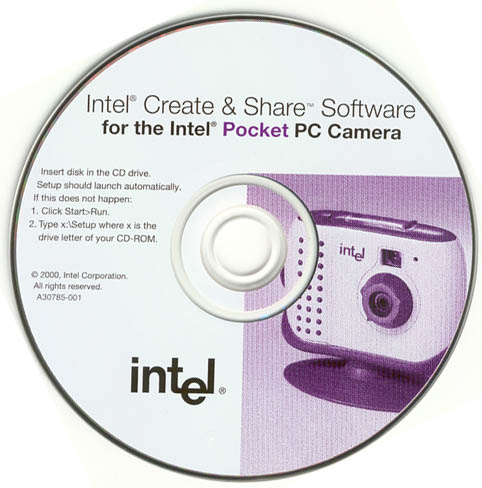

Most devices and card readers only support a single card size, unless you use an adapter, so check a device s slot size before buying a card. To identify a card s type, read its label or packaging and look for the HC mark. Both types of cards come in three sizes: microSD, miniSD and the original full size. You can t tell SD and SDHC memory cards apart or calculate a card s storage capacity based on physical size. Even if a device supports SDHC, you might save money by buying a regular SD card for devices that don t use much data, such as basic cell phones or feature phones. Check a device s manual to find which cards it supports. For example, a camera without SDHC support can only use a regular SD card, whereas a model that supports SDHC cards can use both SDHC and regular SD cards. A 4GB card can store twice as much, an 8GB card four times as much, and so on.Īll electronics that use SD cards - called host devices - are backward compatible with older versions of SD but not forward compatible. A 2GB card can hold about 30 minutes of HD video recorded at 9 megabits per second or around 770 10-megapixel photos. Both types of cards vary in capacity from model to model, but regular SD cards max out at 2GB, while SDHC cards come in sizes between 4GB and 32GB. The two differ primarily in storage capacity and compatibility: SD cards work in any device with an SD slot, whereas SDHC cards can hold more data but only work in devices that support the SDHC standard.

Like traditional SD cards, SDHC cards work in many types of devices, including cell phones, cameras, tablets and computers. Secure Digital High Capacity memory cards, first produced in 2006, look and function almost exactly like regular Secure Digital cards. Hotfix for Windows XP that adds support for SDHC cards that have a capacity of more than 4 GB. Part of a series on: Windows XP New features Releases and editions 圆4 Media Center Fundamentals Development history Criticism Removed features.


 0 kommentar(er)
0 kommentar(er)
